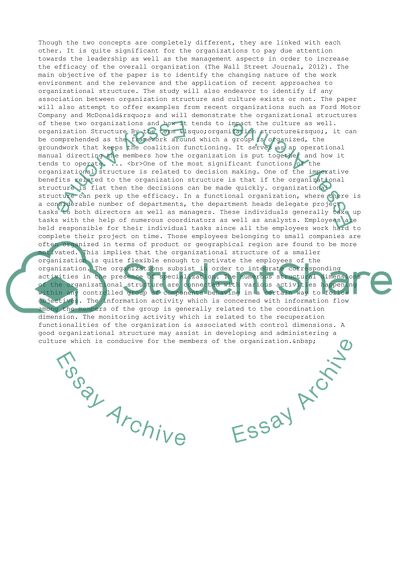Cite this document
(“Recent Approaches to Management and Changing Nature of the Workspace Research Paper - 1”, n.d.)
Recent Approaches to Management and Changing Nature of the Workspace Research Paper - 1. Retrieved from https://studentshare.org/management/1449905-leadership-and-management
Recent Approaches to Management and Changing Nature of the Workspace Research Paper - 1. Retrieved from https://studentshare.org/management/1449905-leadership-and-management
(Recent Approaches to Management and Changing Nature of the Workspace Research Paper - 1)
Recent Approaches to Management and Changing Nature of the Workspace Research Paper - 1. https://studentshare.org/management/1449905-leadership-and-management.
Recent Approaches to Management and Changing Nature of the Workspace Research Paper - 1. https://studentshare.org/management/1449905-leadership-and-management.
“Recent Approaches to Management and Changing Nature of the Workspace Research Paper - 1”, n.d. https://studentshare.org/management/1449905-leadership-and-management.


